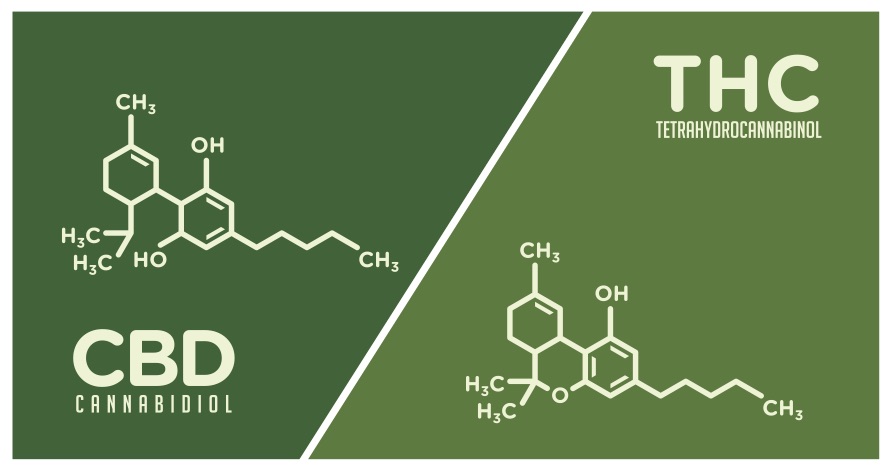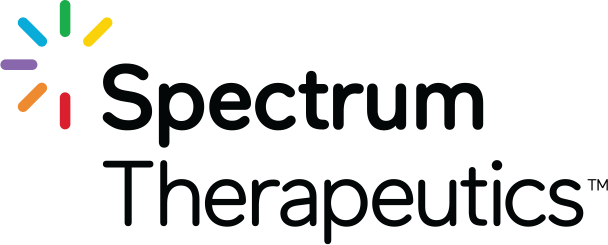Unfortunately, there is currently no internationally accepted norm for the classification of hemp. For instance, the USA’s Farm Bill classifies hemp as cultivars that contain <.3% THC, whereas the European Union uses <.2% THC. This has led to confusion and irregularities for regulators in the international trade ecosystem. Because hemp cultivars naturally yield CBD and acceptable THC levels, policymakers are more easily able to legalize the agricultural cultivation of hemp, and subsequent extraction of CBD, without significant reform, needed to broader legal systems.
Differentiating the source of the cannabinoids (THC & CBD), the United States of America’s 2014 Farm Bill defined hemp under federal law as all parts of the plant below 0.3% THC. It provided state authorization to regulate cultivation programs, as established by State legislatures and through each State’s Department of Agriculture. With the passing of the Farm Bill, the US Government created a pathway to market for CBD. At the same time, Congress specifically protected the transport, processing, sale, and use of hemp and hemp derivatives across state lines.
This has not only created a thriving agricultural industry but allowed for CBD to be incorporated into non-prescription products manufactured.
Another important reason why many countries are uniquely recognizing CBD is the proven efficacy and safety. CBD does not cause the intoxicating, euphoric effects associated with THC. In fact, CBD may reduce some of the potentially unwanted side effects of THC.
Unlike traditional pharmaceuticals, CBD is 100% natural and non-addictive. In large part, due to the accepted safety of the product, CBD is widely available without a prescription, even in regions where cannabis is still federally illegal.
Properties CBD is already accepted to have:
◗ anti-inflammatory
◗ analgesic
◗ antiemetic
Wellness, lifestyle, animal health, athletic recovery, and cosmetic brands are just a few examples of industries incorporating CBD into their products in an equally diverse array of formats: balms, butter, lotions, beverages, sprays, tinctures, oils, edibles, and more.
Considering the significant and increasing roe that online marketplaces play, products containing CBD are already easily accessible to consumers online.
To date, any non-medical derived cannabis is illegal in the Cayman Islands.


